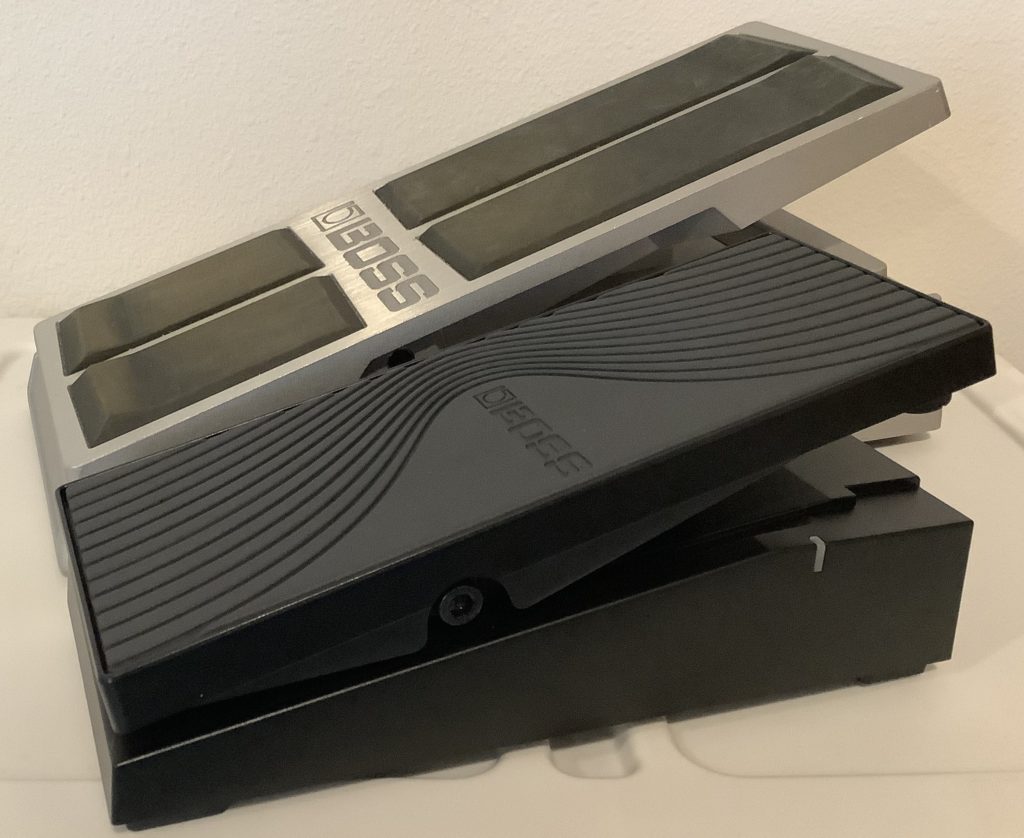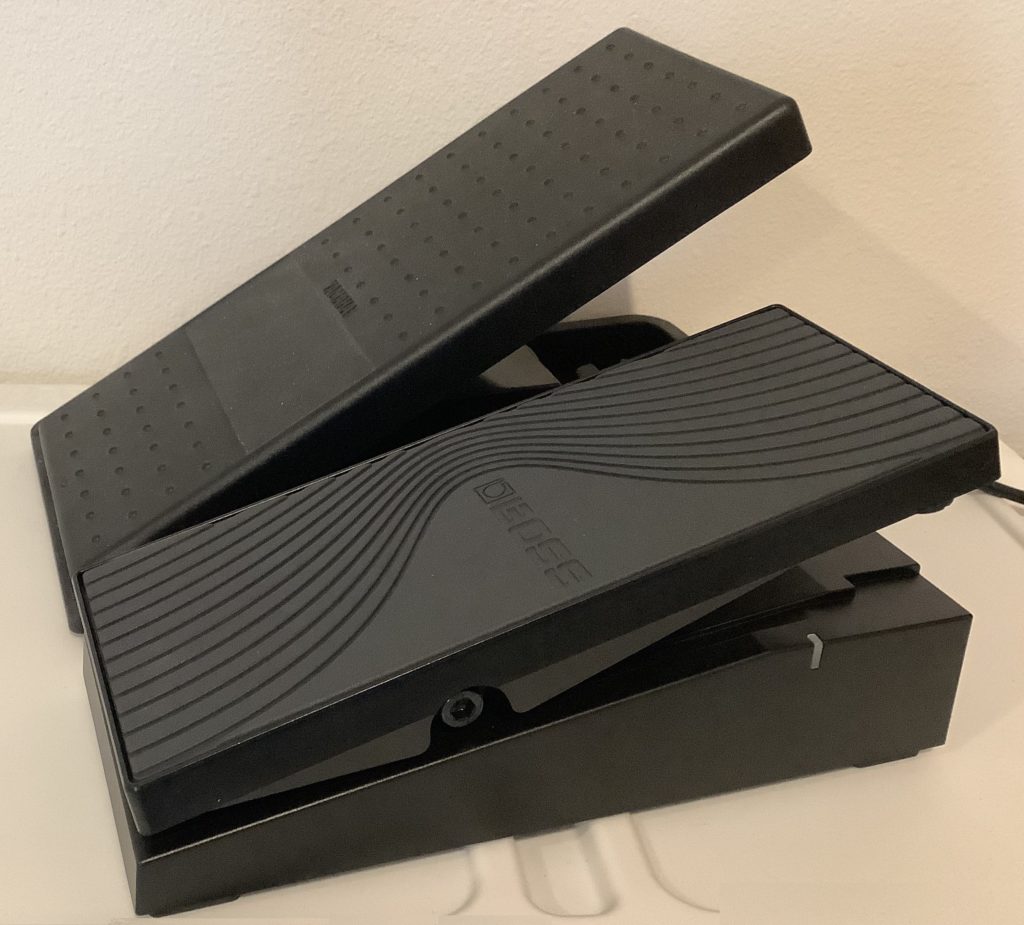Well, I’m about half-way through Peter Jackson’s The Beatles: Get Back and I suppose that I should watch all of it before writing a “review.”
You’ll find plenty of fawning reviews on line — this isn’t one of them. As to actual film criticism, the The Guardian review gets it right. This is an over-stuffed Thanksgiving turkey. Yes, it tastes good, but it took too long to cook and has too many leftover bits.
So I won’t be accused of a hatchet job, I must first commend Jackson for boiling Michael Linsey-Hoggs film and mono Nagra sound into eight hours. Genuine kuddos are due because that must have been a herculean task. Audio quality is superb. Beautiful clean-up and machine learning-based extraction. George must be looking on Giles work with fatherly pride.
First, the bait and switch. Last December’s Sneak Peek was total fun. The preview lifted my spirits and gave me the impression that, at least, we could have a fun, light and tight film.
Wrong impression. The newly released film has some very good to great parts — sheer genius in a few cases. However, much of the film reminds me of every teenage (and adult!) garage rehearsal with much faffing about and no real work getting done. Sitting through these parts is reliving every wasted, unproductive, tedious second when you really wanted to be somewhere else.
Watching Get Back is like watching NFL RedZone. I love RedZone. I turn it on at 10am, catch the best bits of my favorite teams, read The New York Time, cook and eat lunch, have a mid-afternoon dessert and cup, and wrap everything with the touchdown montage. However, nobody — self included — actually watches every second of “seven hours of commercial-free football.” Nobody.
There are clearly bits that could have been cut without loss. A BBC radio program from the 1960s? Forget it. Re-litigating personal drama between the group members? Don’t “Let It Be,” let it go instead. Fifty years on, most people don’t really care or shouldn’t.
For the record, I did see the Let It Be documentary in 1970.
I’m still struck by the number of leeches and sycophants surrounding the late-stage Beatles. If you really want to know why they broke up, look to the absolute shafting they endured from Dick James, Allen Klein, Alexis Mardas, and the rest of the self-promoters and music industry white-collar criminals. Nothing attracts flies like a steaming pile of cash. Apple was a managerial and financial disaster.
For example, it’s embarrassing to watch Lindsay-Hogg force his vision of the final concert on the lads. Jackson could have easily spared the man’s dignity and left this out. Lindsay-Hogg comes off as a self-serving, upper-class English twit — an early parody of rock and roll pretensions and excesses to come a la Spinal Tap. As to dignity, why did Jackson humiliate long-gone Peter Sellers? Cutting room.
In contrast, I offer the genuine, warm affection and devotion shown my Mal Evans, stage manager and long-time companion to the band. Ringo is his authentic “all I ever wanted was a paying gig” self. Just blokes and punters like us. Even Ringo is bored with the faffing around. Why should Jackson force the boring stuff on us, too?
As to other quick edits, if a song didn’t make it to the Let It Be album, why bother? Save those songs for another day and another film. [Suggestions to follow.]
In the end, there are three and half movies here. Jackson in his head and heart must know this. I wish he had asserted his own clout and signed a few more deals based on a few more story lines.
When Ringo says “You see, I’d watch an hour of him, just playing piano,” there’s your first movie. McCartney was and is born to make music. Start with the Ringo quote and follow it with all of the solo Paul parts. That would be a fascinating portrait of McCartney as a songwriter at that stage of his career.
For the second film, take the most important rehearsal parts and show how the Beatles worked from inspiration to finished product. The scene where the song “Get Back” spontaneously emanates from Maca and his bass is brilliant. More please. Concentrate on just a few songs, if necessary, in order to keep running time reasonable.
Even George and Ringo knew that riff was the hook. Instantly. That’s the way true hits are born. Not that awful “Maxwell’s Silver Hammer” which the Beatles themselves detested.
Finally, give us the movie which the Sneak Peek promised. Sure, give a small taste of the songwriting and development. George, John and Paul were all at the top of their game in 1969. Maybe create a late-stage version of “A Hard Day’s Night” with people tugging the boys every which way. But, for heaven’s sake, make it a comedy. More Richard Lester, less Maysles and Zwerin.
We all need a good laugh right now. We also need irreverent and rebellious youth to thwart and overthrow today’s authoritarians. Once again, the world is in the grip of controlling neo-fascists who must be taken down.
I fully expect fan-edits to emerge.
Happy watching, but bring a book or two along.
[Update] Another recommended review: ‘The Beatles: Get Back’ Review: Peter Jackson Gets Lost In The Treasure Trove Of Fab Four Footage.
Copyright © 2021 Paul J. Drongowski


